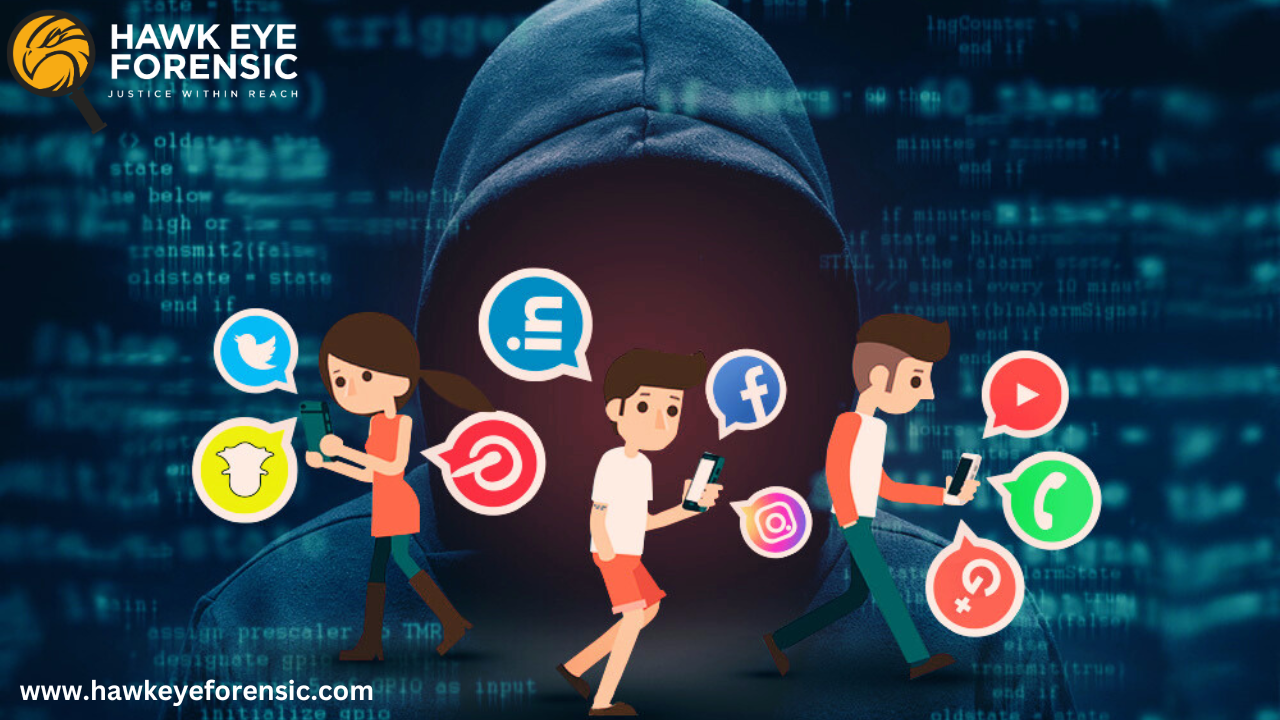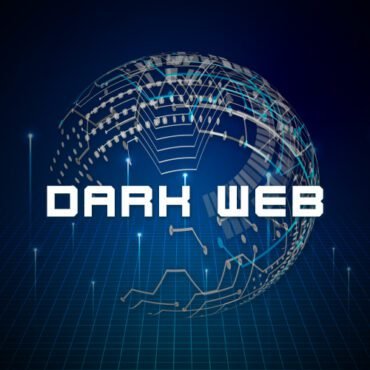Social Media Forensics: Investigating Crimes in the Digital Age
In today’s connected world, almost every activity leaves a digital footprint — especially on social media. From Facebook posts and Instagram photos to WhatsApp messages and tweets, online communication has become a vital source of digital evidence. Social Media Forensics plays a crucial role in investigating crimes, identifying suspects, and uncovering hidden digital trails.
What Is Social Media Forensics?
Social Media Forensics is a specialized branch of digital forensics that focuses on collecting, analyzing, and preserving evidence from social media platforms. The goal is to identify patterns of communication, track online behavior, and extract legally admissible digital evidence that supports criminal investigations or legal proceedings.
This process requires both technical expertise and legal awareness, ensuring that all data collected maintains its authenticity, integrity, and chain of custody.
Importance of Social Media in Modern Investigations
Social media has transformed how crimes are investigated. Criminals, victims, and witnesses often share information—knowingly or unknowingly—that becomes key evidence. Investigators use social media forensics to:
-
Trace suspects’ digital activities (location, communication, photos, posts).
-
Identify networks or accomplices through friend lists, group chats, or tagged content.
-
Gather time-stamped evidence that supports or contradicts alibis.
-
Monitor cybercrimes like harassment, identity theft, scams, or online fraud.
-
Detect early warning signs of organized or planned criminal activity.
Social media evidence is now commonly used in cases involving cyberbullying, defamation, fraud, terrorism, and missing persons.
How Social Media Forensics Works
The process of social media investigation involves several precise steps to ensure evidence remains valid and reliable in court.
1. Identification and Preservation
Investigators identify relevant social media accounts, profiles, or posts. They preserve the evidence using forensic tools to prevent data tampering or loss.
2. Data Collection
Using specialized software, forensic experts collect metadata, timestamps, IP logs, and screenshots from platforms like Facebook, Instagram, X (Twitter), LinkedIn, or TikTok.
3. Data Analysis
Collected data is analyzed to find connections, detect behavioral patterns, and establish communication links between suspects or victims.
4. Reporting and Documentation
Findings are compiled in a forensic report, maintaining a clear chain of custody, ensuring the evidence can be presented in legal proceedings.
Tools Used in Social Media Forensics
Professional investigators rely on a range of tools to extract and analyze social media data safely and legally. Some popular ones include:
-
X1 Social Discovery – for large-scale evidence collection and archiving.
-
Magnet AXIOM – analyzes data from mobile devices and social platforms.
-
Belkasoft Evidence Center – recovers deleted chats, posts, and media files.
-
Cellebrite UFED – widely used in law enforcement for mobile data extraction.
These tools ensure accuracy, speed, and legal compliance throughout the forensic process.
Challenges in Social Media Forensics
Despite its value, social media forensics comes with unique challenges:
-
Data privacy laws differ across regions and platforms.
-
Encrypted messages on platforms like WhatsApp make evidence collection complex.
-
Constantly evolving apps and updates require continuous skill upgrades.
-
Fake accounts and deepfakes can mislead investigators.
Hence, investigators must stay updated with legal standards, ethical practices, and new forensic technologies.
The Role of Forensic Experts
Social media forensics isn’t just about technology — it’s about expertise. Certified forensic examiners understand data extraction, authentication, and preservation under strict legal guidelines. Their reports and testimonies are often critical in court, helping to deliver justice in the digital age.
Conclusion
As social media continues to dominate our communication landscape, social media forensics has become an indispensable part of modern criminal investigations. By uncovering hidden digital evidence, tracking online behavior, and connecting virtual clues to real-world crimes, forensic experts are ensuring that justice remains within reach—even in the digital realm.
For law enforcement agencies, legal professionals, and cybersecurity experts, mastering social media forensics is no longer optional — it’s essential.





Post comments (0)